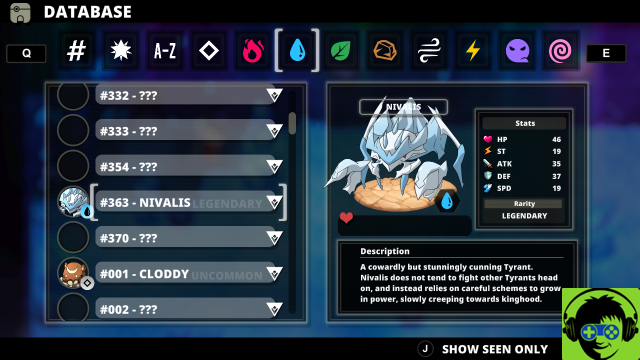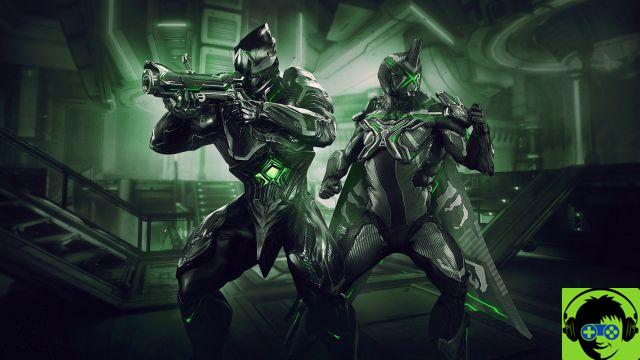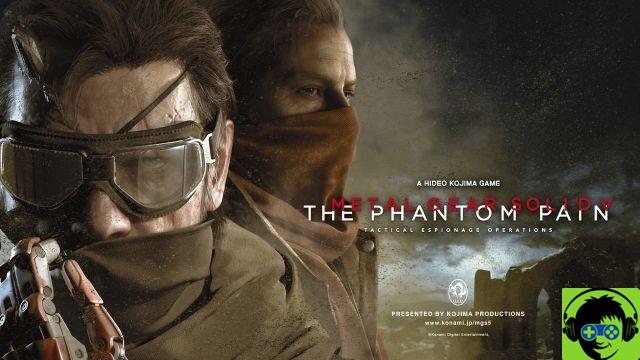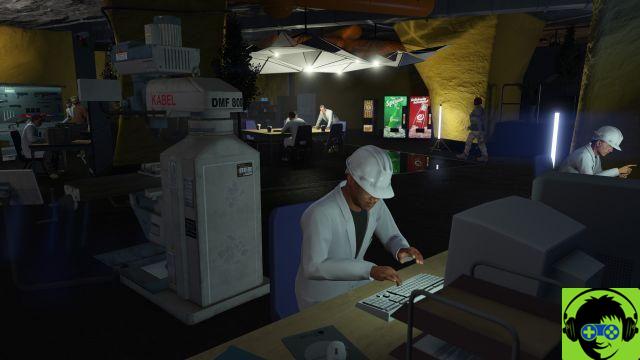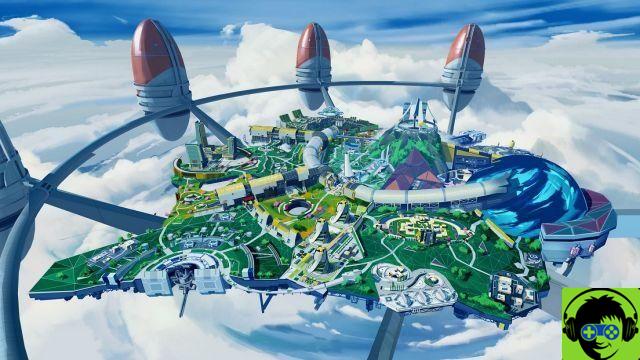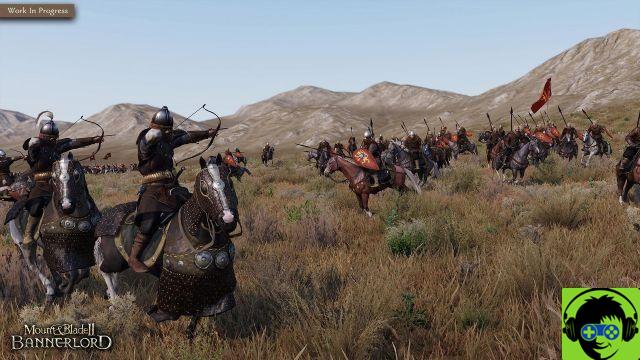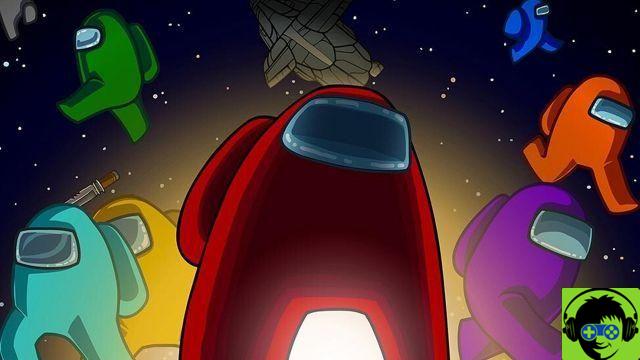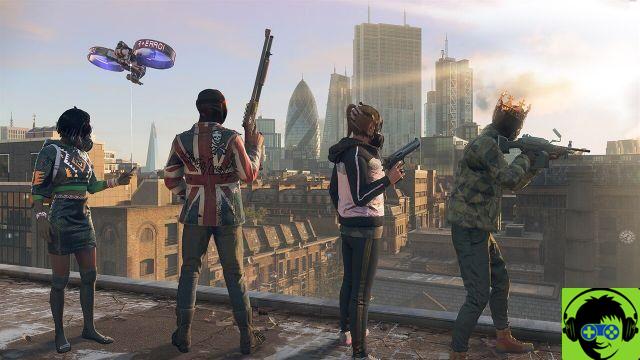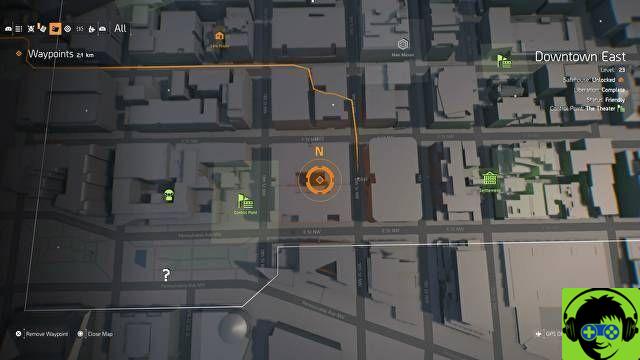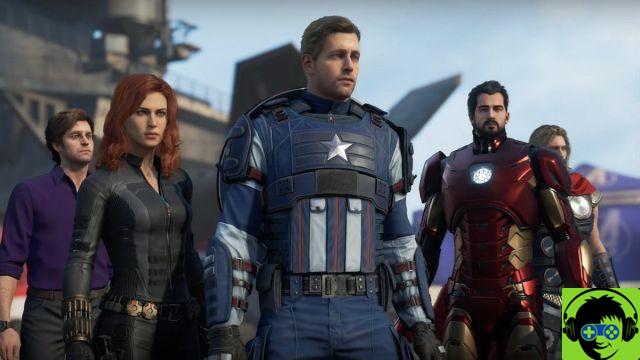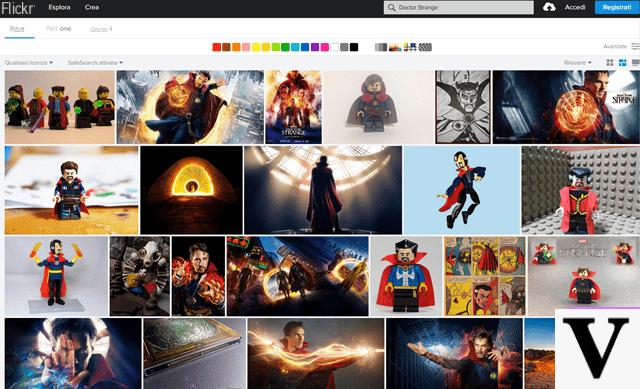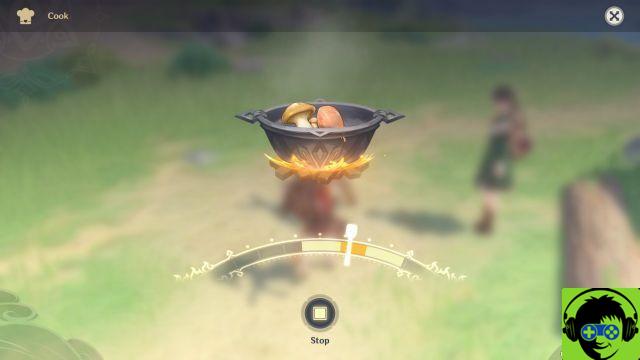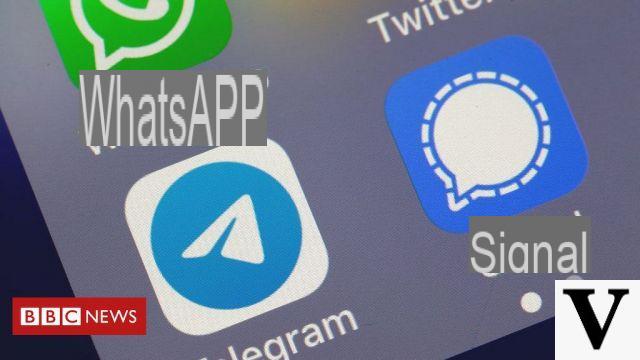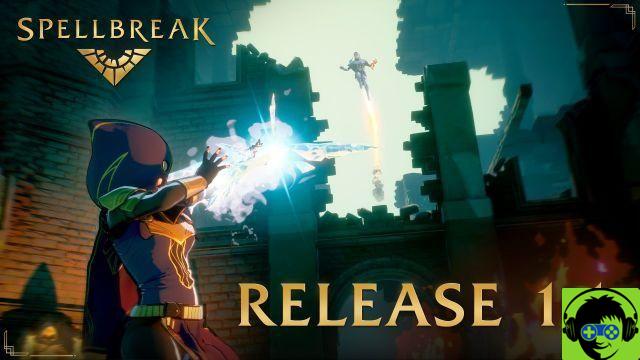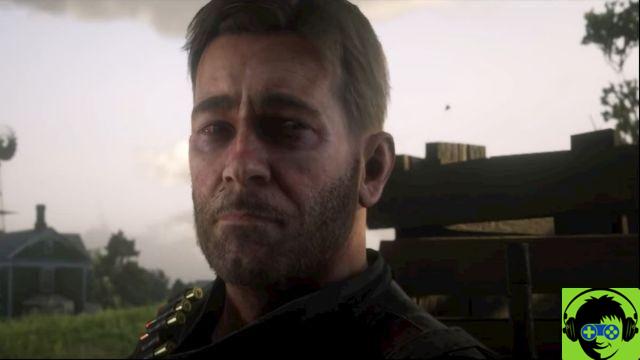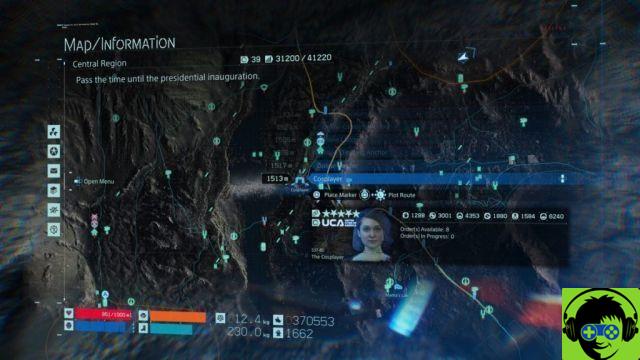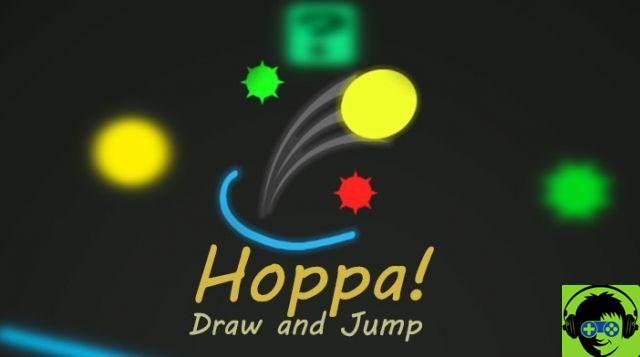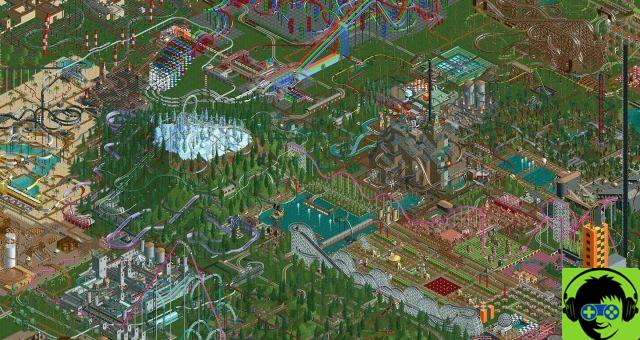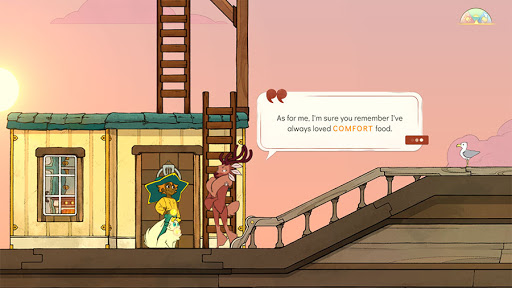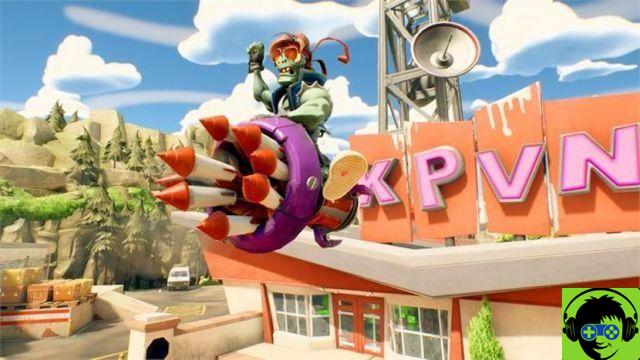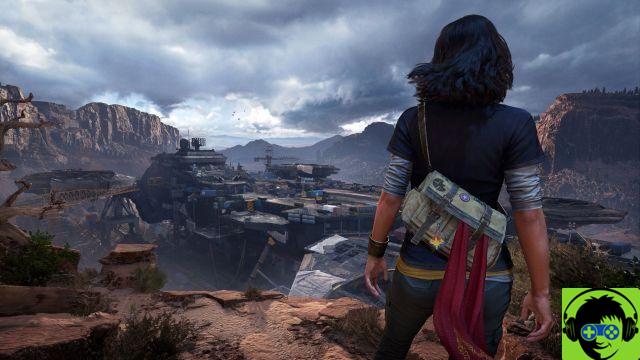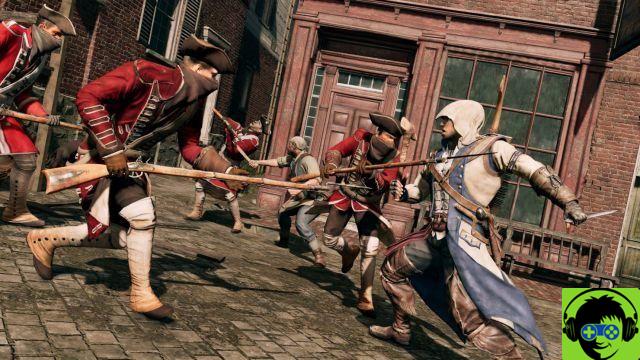
One of the biggest news of Assassin’s Creed 3 are the naval battles...eh yes if in the previous chapters we did some gondola rides this time we will be driving the Eagle and we will embark on a series of adventures on the open sea...real naval battles! The ship bears the name of Eagle as well as the constellation to which the star called Altaïr belongs. In turn, the name Altaïr comes from Arabic and means "flying eagle".
But how to be successful in these new adventures on board? Don't worry guys, below you'll find a detailed guide to get the best out of your first naval battles at Assassin’s Creed 3 .
- Aiming straight ahead against enemy ships is not a wise tactic, because the offensive possibilities are greatly reduced. Instead, it is better to choose a diagonal course that allows you to resort to the tack.
- In many battles it would be perfect if all enemy ships were on one side of the Eagle. In fact, crossfire can be disorienting and even lethal. Whenever you can, circumvent the enemy fleet by making a wide arc movement. If you find yourself with enemy ships on both starboard and port sides, remember that the cannons on the sides fire independently and that reloading times are also separate. Even though being in the middle of your opponents is very dangerous, it's still a maneuver that greatly increases your firepower.
- When you are on a broadside, press and hold the control to concentrate the fire so as to reduce the width of the white band that indicates the direction of fire. This will increase accuracy even at medium and long range. When the Eagle is very close to the enemy ship, there is no need to aim with cannons: it is better to fire immediately and save precious seconds.
- Hitting larger enemy ships with a precise edging can also serve to block their guns. But the same goes for the Eagle: if it suffers damage, it won't be able to attack for a few moments.
- Rotating guns have a much shorter reload time but cause negligible damage to larger ships unless they hit them in a weak spot. They are mainly used to eliminate small gunships with a single shot or schooners with a maximum of three shots. Unless you fire randomly, the rotating cannon only hits the enemy if the signal on the target is red: this almost always happens when the Eagle is close to the enemy ship, as it rarely turns white. If the distance increases, the proportion between Some missions take place with the stormy sea and the waves make the clashes much more difficult. Aiming is extremely difficult: in many cases you have to keep your cannons pointed until you have a clear line of sight. When you find yourself in the middle of the waves, you'll have to wait for the Eagle and the enemy ship to line up and take advantage of the moment to fire. If there is a wave between the Eagle and the enemy ship, simply aim the cannons in the direction of the target using its mast as a visual reference and then fire when it is at the same height as the Eagle.
ENEMY SHIPS AND THEIR CHARACTERISTICS
CANARYBOARD
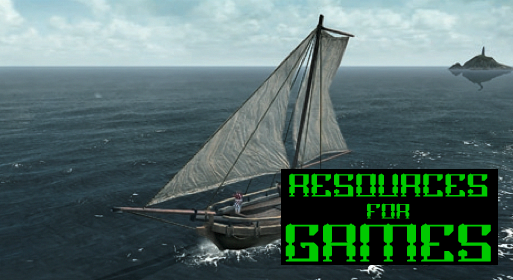
It's the smallest enemy ship. It causes minor damage. It is not a priority: you can hit it with rotating cannons while the cannons reload.
GOLETA
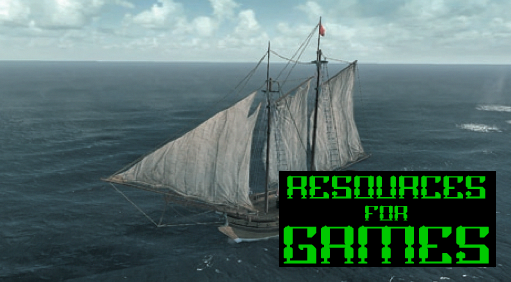
Attack the bow at an angle and use cluster projectiles. Fast and easily maneuverable, causes considerable damage; must be eliminated quickly.
FREGAT
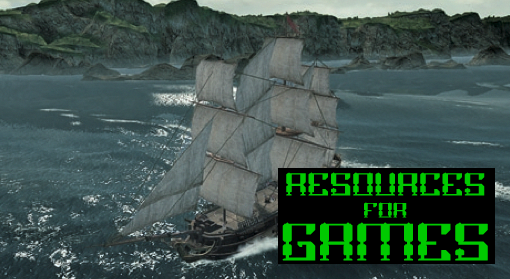
He fires cannons with a rather short reload time. Spur the bow or hit it with a broadside to expose its weak spot.
TANK
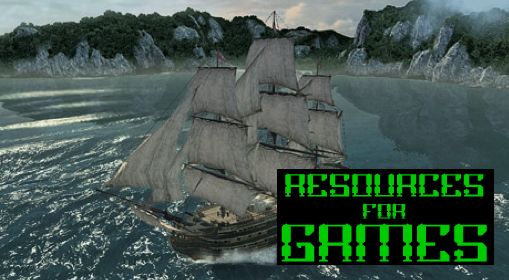
It's the biggest enemy ship. Use the fireballs to cause more damage or hit the bow with a broadside - or ram it - to expose its weak spot.




